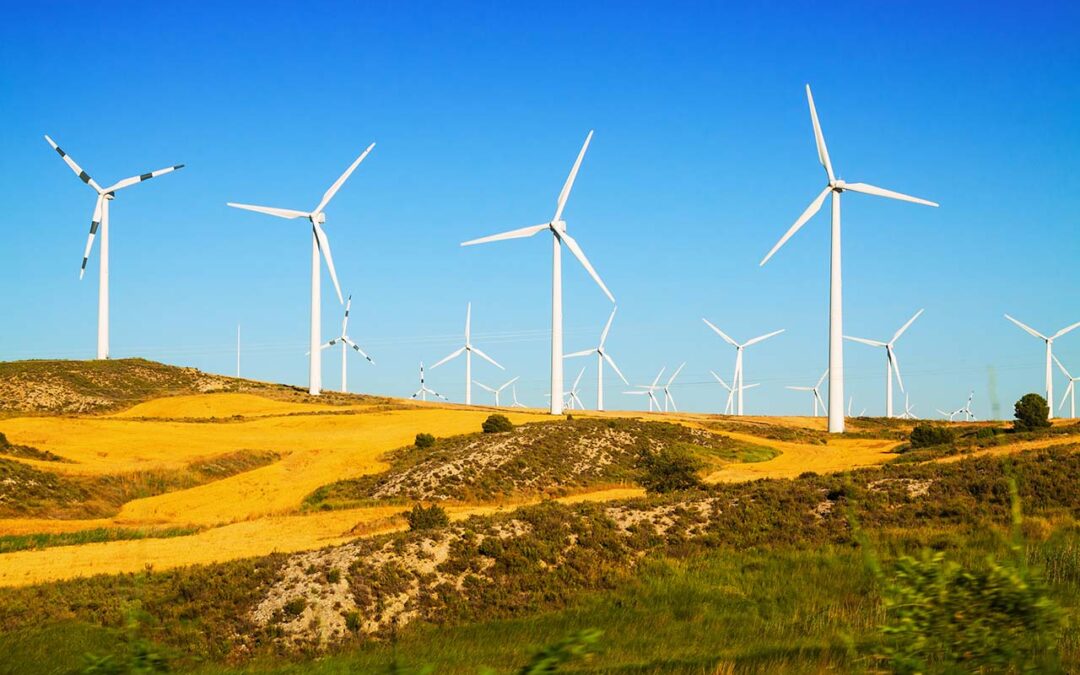2023 has been an unprecedented year for wind energy globally. According to the latest Global Wind Report from the Global Wind Energy Council (GWEC), the world has witnessed a record installation of 116 gigawatts of new wind capacity, representing an impressive 50% increase from the previous year. This growth indicates not only technological advancement but also a renewed commitment to international climate goals.
China, the United States, Brazil, and Germany have been leaders in this surge, with significant contributions also from the Netherlands, especially in offshore wind energy.
Beyond quantitative growth, the GWEC report highlights an encouraging trend towards a greener future. Seven countries, including Albania, Bhutan, and Paraguay, now generate 100% of their electricity from renewable sources, exemplifying the potential of a sustainable energy model.
Despite these advancements, the road to energy transition is long. A significant increase in installed capacity—at least 320 gigawatts annually until 2030—is needed to meet the climate objectives set at COP28.
In summary, while solar power continues its rise, representing 37% of the total global renewable energy capacity and predictions suggest that it will become the main source of energy in the world by 2050, wind energy plays a crucial role in the present.
